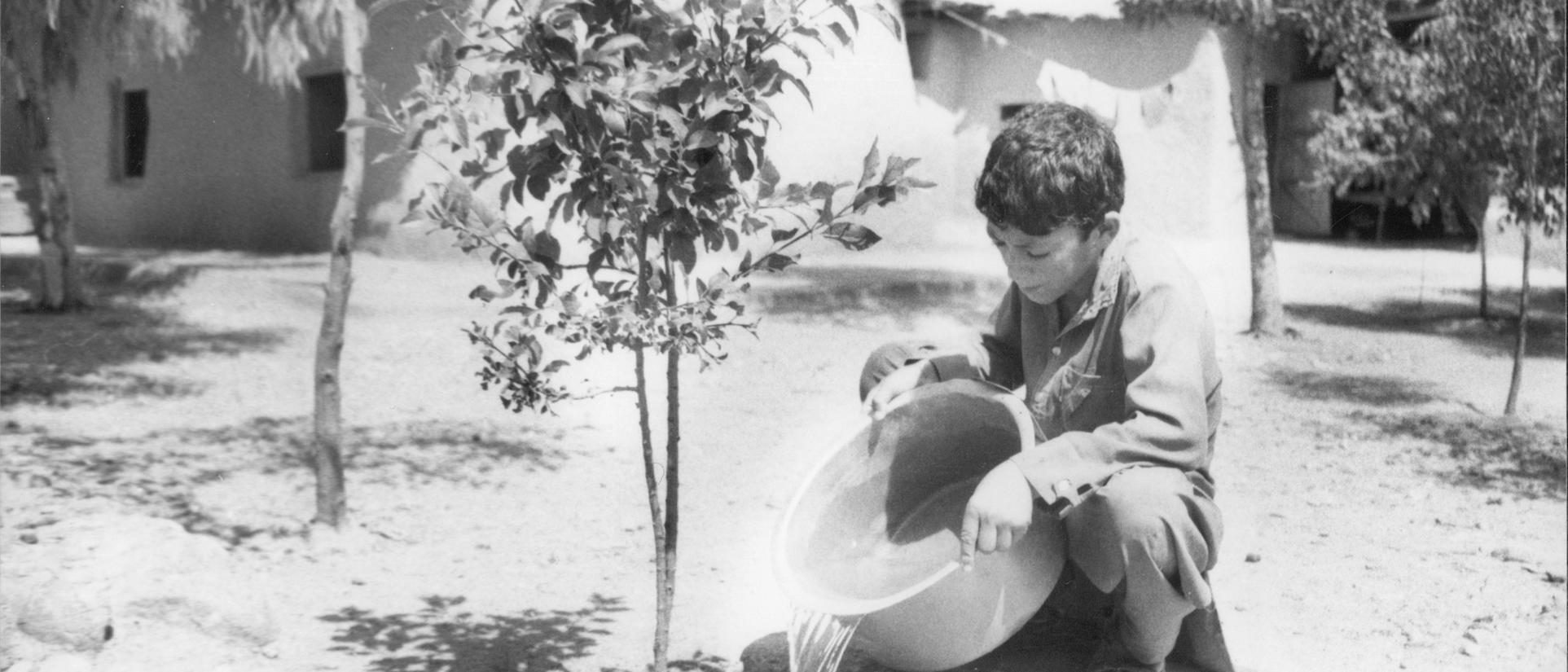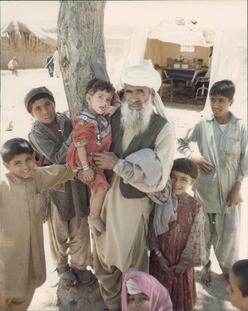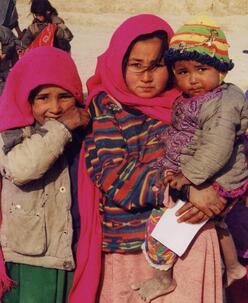
In December 1979, the Soviet Union airlifted troops into the mountainous country of Afghanistan. The Soviets and their Afghan allies took the capital, Kabul, and launched nine years of war with indigenous resistance groups. Thus began three decades of conflict and massive displacement for the Afghan people, along with the devastation of their country.
Within weeks of the Soviet invasion, the International Rescue Committee rushed to the aid of Afghan refugees who poured into bordering Pakistan. In 1988, when the Soviets withdrew, the IRC established operations in Afghanistan itself to help its people rebuild.

The IRC has remained at work with suffering Afghans in both places—through the rise to power in Kabul of the extremist Taliban regime in 1996; the U.S.-led invasion to overthrow the Taliban in 2001; elections establishing a permanent Afghan government in 2004; and, by 2008, renewed concern over a resurgence of Taliban guerilla fighters. The IRC’s efforts in Afghanistan are now the IRC’s most longstanding. The consistency and quality of the IRC’s work in Afghanistan owe much to the skill and determination of our staff members, both international and Afghan. It is doubtful, however, that when then IRC board president John Whitehead made his first visit in 1980 to the makeshift refugee camps springing up on the Afghan-Pakistan border, he could have known what a long and difficult commitment the IRC was about to make. What John did know was that a terrible human tragedy was unfolding on the border: one in three Afghans—some five million people—had fled their homeland and were living in terrible conditions.
By the end of 1980, the IRC was operating an extensive program of relief. We dispatched mobile clinics and set up dispensary tents. Scouts went into the scattered encampments to bring sick refugees to the medical tents. Vocational and self-help programs were developed. One of the IRC’s greatest accomplishments was its educational programs, which ranged from preschool to postgraduate courses and included a high school for refugee girls in Peshawar. Among the young refugees who passed through the camps was Mohammed Haneef Atmar, now minister of education, who worked for the IRC as program director in Kabul before joining the government of President Hamid Karzai. And when I met him in 2002, President Karzai reminded me that he had once taught English at our IRC school in Peshawar, Pakistan.

In 1989, the Soviet Union withdrew from Afghanistan, ushering in, not an era of peace, but a new round violence and civil war. The IRC was one of the few aid agencies that continued to operate inside Afghanistan under the Taliban, with a team of Afghan national staff members who, among other activities, organised home schooling for Afghan girls forbidden an education under the regime’s rules. Even before we established an official presence in Afghanistan following the Soviet withdrawal, the IRC was sending teams into the Afghan countryside to repair roads, rebuild irrigation systems, and establish public health and sanitation facilities. With the overthrow of the Taliban, the IRC ramped up efforts to help Afghans rebuild.
In 2007, the IRC enrolled some 11,000 students in 400 schools and trained over 1,000 teachers. Nearly 2,000 people graduated from our vocational programs. And we helped to establish locally elected community development councils in which villagers make the decisions. Despite the continuing instability in Afghanistan, the IRC remains as committed to the land and its people as it was nearly 30 years ago. Our staff is now 99% Afghan – talented colleagues, many of whom have been with the IRC for decades.
This post written by International Rescue Committee president George Rupp in honour of the organization’s 75th anniversary was first published on July 31, 2008.